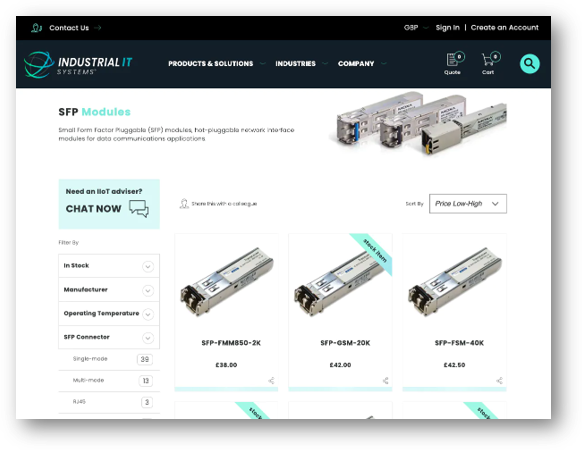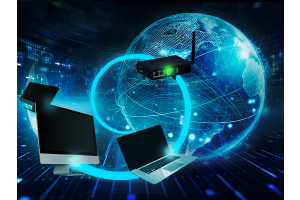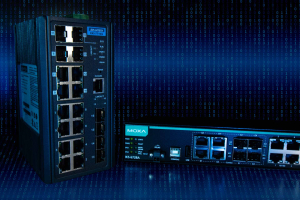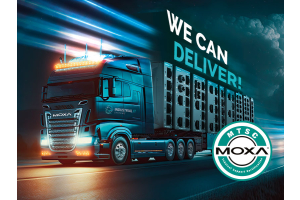We use cookies to make your experience better. To comply with the new e-Privacy directive, we need to ask for your consent to set the cookies. Learn more.
Comparing 1000BASE-SX, 1000BASE-LX, 1000BASE-EX and 1000BASE-ZX
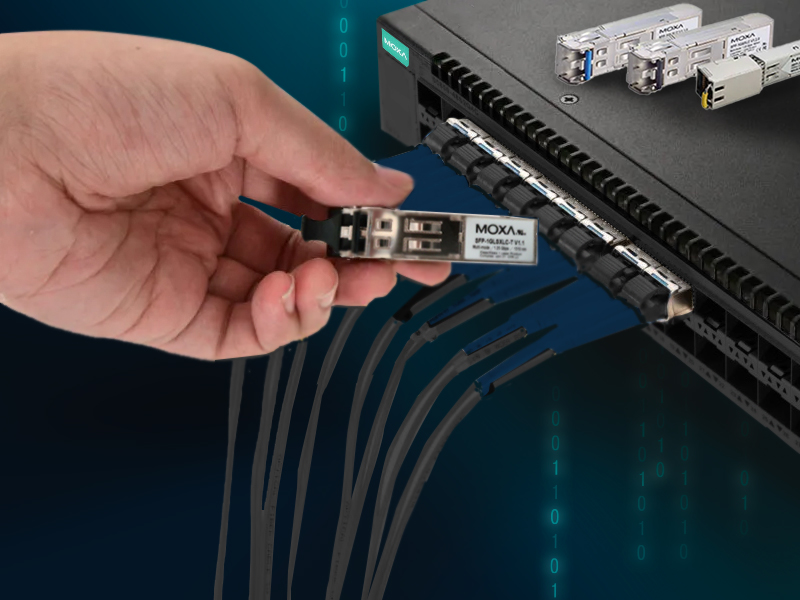
Choosing the Right Optical Transceiver for Your Network
In the world of networking, selecting the right optical transceiver is vital to ensure seamless and efficient data transmission. When it comes to Gigabit Ethernet connections, four commonly used transceivers are 1000BASE-SX, 1000BASE-LX, 1000BASE-EX, and 1000BASE-ZX. These transceivers provide distinct features and are suitable for various network requirements.
What is 1000BASE-SX?
1000BASE-SX is a Gigabit Ethernet optical transceiver designed for short-range data transmission. It operates over multimode fiber optic cables and utilizes a short-wavelength laser (850 nm) for communication. The abbreviation "SX" refers to its capability of reaching short distances over multimode fiber.
In terms of specifications, while 1000BASE-SX can support a distance of up to 1 kilometre when employed with laser-optimized OM3, OM4, or OM5 multimode fiber, it generally sets a maximum transmission distance of 220 meters when using 62.5μm fiber distributed data interface (FDDI) multimode fiber, 275 meters for 62.5μm/200MHz·km multimode fiber, and 550 meters for 50μm/500MHz·km multimode fiber.
1000BASE-SX is well-suited for applications within local area networks (LANs) where multimode fiber optic cables are utilized and is extensively employed in large office buildings, carrier-neutral Internet exchanges, as well as co-location facilities.
What is 1000BASE-LX?
1000BASE-LX is a Gigabit Ethernet optical transceiver suitable for both short-range and long-range data transmission. It operates over both single-mode and multimode fiber optic cables and utilizes a long-wavelength laser (1310nm) for communication. The abbreviation "LX" indicates the capability of long-distance transmission.
In terms of specifications, while some industry vendors offer extended distances of up to 20 kilometres, this is not officially defined in the standard. 1000BASE-LX generally supports a maximum transmission distance of 10 kilometres when used with single mode fiber.
When 1000BASE-LX is utilized with multimode fiber, it can achieve a maximum distance of 550 meters. However, it is important to note that link distances beyond 300 meters may require the use of a specific conditioning patch cord.
As 1000BASE-LX is considered very cost-effective and has the ability to cover extended distances, the standard has become highly popular, especially in enterprise networks and data centres.
What is 1000BASE-EX?
1000BASE-EX is a Gigabit Ethernet optical transceiver designed for extended-range data transmission. It operates over single-mode fiber optic cables and utilizes a long-wavelength laser (1310 nm) for communication. Although it is not an official standard for transmitting Gigabit Ethernet signals over fiber optic cables, the abbreviation "EX" signifies its ability to extend reach, supporting a remarkable distance of up to 40 kilometres over single mode fiber.
Similar to 1000BASE-LX, 1000BASE-EX operates at the same long wavelength of 1310nm, facilitating long-distance transmission. However, what distinguishes 1000BASE-EX is its enhanced power budget, enabling the achievement of even more substantial distances. 1000BASE-EX is also referred to as 1000BASE-LH by manufacturers, with the “LH” abbreviation meaning ‘Long Haul’.
It's important to note that 1000BASE-EX typically involves higher costs due to more specialized optical components, resulting in a higher price compared to 1000BASE-SX and 1000BASE-LX alternatives.
What is 1000BASE-ZX?
1000BASE-ZX is a Gigabit Ethernet optical transceiver designed for long-range data transmission. It operates over single-mode fiber optic cables and utilizes a long-wavelength laser (1550 nm) for communication.
Similarly, to 1000BASE-EX, 1000BASE-ZX is not an official standard but is a widely adopted industry term for long-distance Gigabit Ethernet transmission spanning 70Km. Transceiver vendors also will often provide versions of 1000BASE-ZX with an extended reach of 80km (50 miles), surpassing the standard specifications.
To further extend the capabilities of 1000BASE-ZX, certain manufacturers offer 1000BASE-EZX or 1000BASE-ZX120, enabling transmission distances of up to 120 kilometres (75 miles) using single-mode fiber. The 1000BASE-EZX transceivers are characterized by their high transmitter power and receiver sensitivity, however, to prevent bit errors caused by overload, it is essential to utilize a suitable fiber attenuator.
Utilise Industrial IT's interactive SFP selector options on our dedicated SFP Modules page to find the right solution for you. Select a wide range of options to meet your specifc requirements from connectors, speed and stock holdings.
If you still need assistance then one of our team will be more than happy to help you find the right SFP Module for your needs. Our team can be contacted using the Live Chat function on our website or using our Contact page.
Frequently Asked Questions
Are these transceivers compatible with each other?
These transceivers are not directly compatible with each other due to differences in transmission distances, fiber type compatibility, and wavelengths. Each transceiver is designed for specific applications and has distinct specifications.
What are the typical applications of each transceiver?
1000BASE-SX: Local area networks (LANs), data centres, campus networks
1000BASE-LX: Metropolitan area networks (MANs), wide area networks (WANs), interconnecting buildings in different locations.
1000BASE-EX: Long-distance communication links, internet service provider (ISP) networks, backbone networks.
1000BASE-ZX: Long-distance communication links, internet service provider (ISP) networks, metropolitan area networks (MANs).
What is Gigabit Ethernet?
Gigabit Ethernet is a high-speed networking technology that enables faster data transmission within networks at 1 gigabit per second (Gbps). It supports LANs, WANs, data centres, and ISPs, using copper or fiber optic cables for high-speed data transfer. Gigabit Ethernet enhances network performance, facilitating quick file transfers and supporting bandwidth-intensive tasks in data-driven environments.
Is Gigabit Ethernet backward compatible with older Ethernet standards?
Yes, Gigabit Ethernet is backward compatible with older Ethernet standards. It can coexist with Fast Ethernet (100 Mbps) and Ethernet (10 Mbps) devices on the same network. However, the network will operate at the speed of the slowest device connected.
Can single-mode SFP and multimode SFP be used interchangeably?
No, single-mode SFP and multimode SFP are not interchangeable. They are designed for different types of fiber optic cables and have different transmission characteristics. Using the wrong SFP with the wrong fiber type can result in poor signal quality or communication errors.
Can single-mode SFP and multimode SFP be used in the same network?
Yes, single-mode SFP and multimode SFP can be used in the same network as long as they are appropriately matched with the corresponding fiber optic cables. It is essential to ensure compatibility between the SFPs and the network infrastructure for optimal performance.
Click Here for more information on the range of SFP's available.




